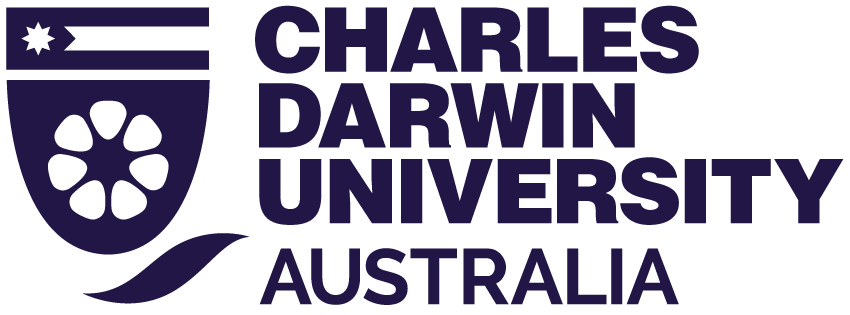SITTGDE013 – Interpret aspects of local Australian Indigenous culture
6 Sharing Information
Throughout this eBook information that has been provided has been vetted by traditional owners in the Kakadu region, however when guiding to tours in the Kakadu region it is important to ensure you follow culturally acceptable practices of the community are addressed, such as:
- the type of information that can be shared
- who can give information
- who can receive the information
- what activities are appropriate
- who should be involved in activities
Aspects of the local Australian Indigenous culture should be checked for accuracy and appropriateness to any specific community. For example:
- art
- bush foods and medicine
- dance
- music
- storytelling
- tools and implements
The copyright and intellectual property issues associated with providing information about local Australian Indigenous cultures must also be considered.
An example – Kakadu
Kakadu’s local Aboriginal culture has a set of social behaviours and customs which are considered good manners.
- Traditionally, Aboriginal people (Bininj/Mungguy) do not greet each other every time they meet. However, they are used to non-Aboriginal people doing so you may expect a ‘hello’.
- Many Bininj/Mungguy do not use personal names as freely as non-Aboriginal people do and we often address each other by kinship terms.
- Bininj/Mungguy appreciate privacy. It is good manners not to take photographs of us without permission.
- Some Bininj/Mungguy find constant eye contact uncomfortable.
- In Bininj/Mungguy culture it is important to listen carefully and consider the response carefully before giving an answer.
- It is polite to say goodbye when leaving. Our word for goodbye is ‘bobo’ (pronounced bor bor).
- Show respect by not entering restricted areas. They may be sacred sites, ceremonial sites, burial grounds or even someone’s home.
(Source: https://parksaustralia.gov.au/kakadu/discover/culture/)
